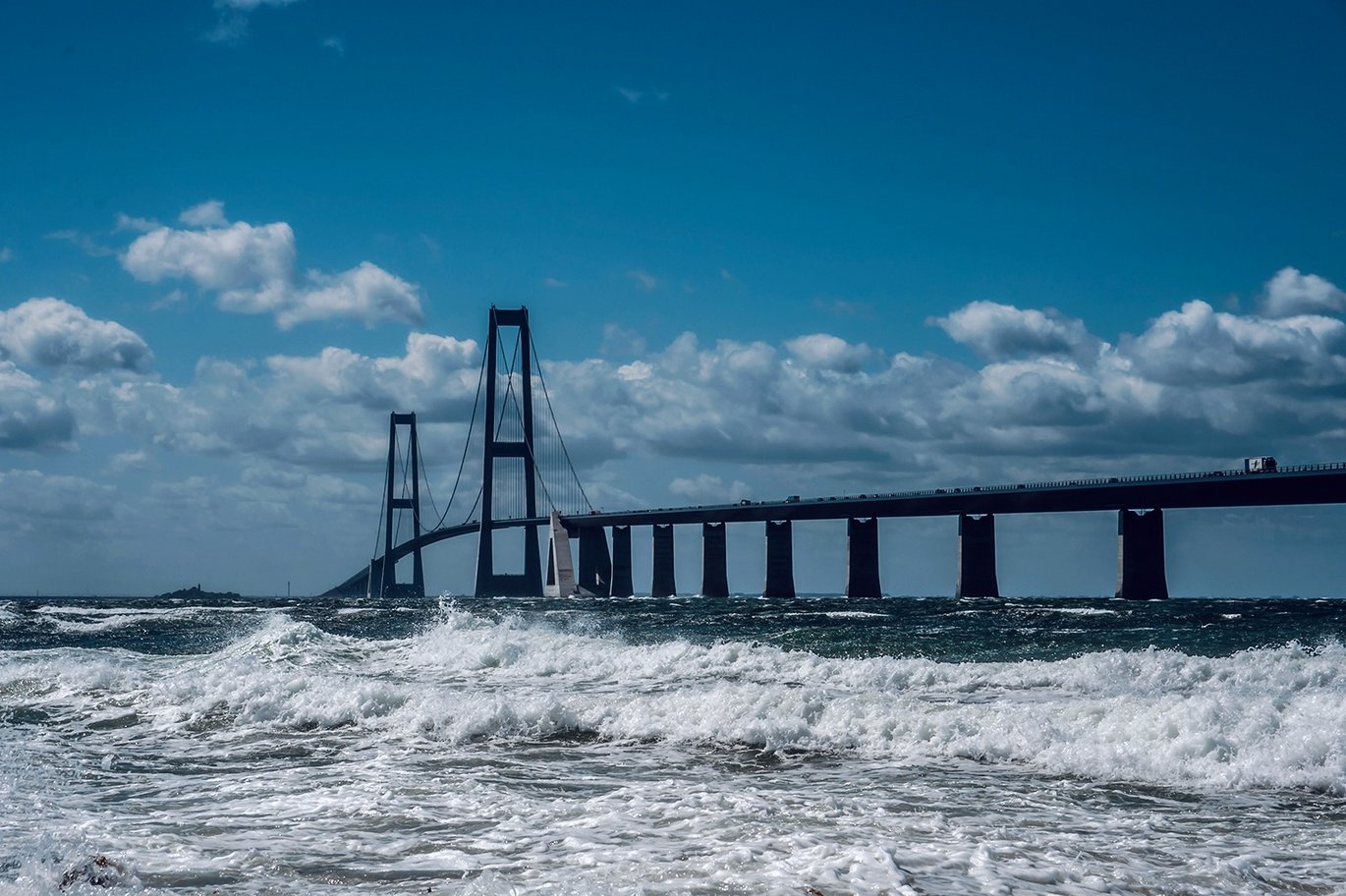Autonomous, battery-less monitoring of bridges and tunnels
Maintaining and repairing critical infrastructure is becoming ever more expensive, and there is increasing international focus on monitoring the condition of infrastructure. A new project is bringing together seven major Danish organisations to develop intelligent, battery-less and wireless monitoring that can increase the security and service life of large infrastructure projects.

Constant monitoring of corrosion and rust formation within large concrete structures using a wireless sensor network that supplies its own energy without batteries. Monitoring, that can detect and predict possible problems using artificial intelligence. That is the purpose of the CorroSense research project, which has received DKK 26 million (EUR 3.5 million) in funding from Innovation Fund Denmark.
"In a nutshell, we want to develop a system for structural health monitoring that uses energy harvesting technologies to ensure continuous and battery-less health monitoring of reinforced concrete structures. The system uses a wireless sensor network that collects data on corrosion, temperature, humidity, etc. This gives us an overall picture of the structural health of the concrete structure and enables us to detect early signs of corrosion and even predict it," says Assistant Professor Milad Zamani, who is leading Aarhus University's part of the project.
Today, corrosion sensors are dependent on electromechanical techniques. They have to be cast into the structure, they require extensive cabling, and they can only monitor a few critical areas.
Moreover, they often only provide indicative measurements that may be faulty, and which often must be carried out manually and in hard-to-reach locations.
"With this new type of sensor monitoring, an organisation like the Danish Road Directorate, which monitors approx. 2,500 bridges and tunnels in Denmark, can do without traditional monitoring, which is extensive, imprecise and expensive. Moreover, the project, which originally started as a research collaboration between Aarhus University and FORCE Technology, will help to find out whether it’s possible to harvest sufficient energy from reinforced concrete. We look forward to getting started on testing our prototype, and to implementing and field testing it with end users," says Brian Lohse, project manager and manager of the Centre for Advanced Sensor Technologies (CAST) at FORCE Technology, in a press release.
He's backed by Professor Farshad Moradi, head of the Integrated Nanoelectronics research group at Aarhus University, a leading research team in the research and development of intelligent miniaturized smart sensors for edge:
“In our team, we try to design chips that consume minimum power using state-of-the-art and emerging technologies enabling batteryless computing. We are bringing neuromorphic computing to the edge, as an enabler technology, to reduce the energy of wireless sensor nodes even further,” he says.
Globally, corrosion is an enormous problem. It is estimated that approx. USD 2.5 trillion (approx. EUR 2.3 trillion) is spent annually on remediating rust problems, amounting to about 3 per cent of GWP, the gross world product.
But there’s no getting away from rust. The harsh marine environment to which steel-reinforced bridges are exposed, for example, causes a spontaneous electrochemical process known as oxidation.
The problem has attracted increasing international focus and has created a huge need to increase monitoring of newly constructed infrastructure.
The CorroSense project is a collaboration between FORCE Technology, the Danish Road Directorate, Sund & Bælt, the companies Damgaard Consulting Engineers and Maturix, as well as Aalborg University and Aarhus University. The total project budget is DKK 35 million.
Contact
Assistant Professor Milad Zamani
Aarhus University, Department of Electrical and Computer Engineering
Mail: mzamani@ece.au.dk
Tel.: +4593522149
Professor Farshad Moradi
Aarhus University, Department of Electrical and Computer Engineering
Mail: moradi@ece.au.dk
Tel.: +4541893344
Assistant Professor Jaamac Hassan Hire
Aarhus University, Department of Electrical and Computer Engineering
Mail: jhh@ece.au.dk
Tel.: +4550267032
